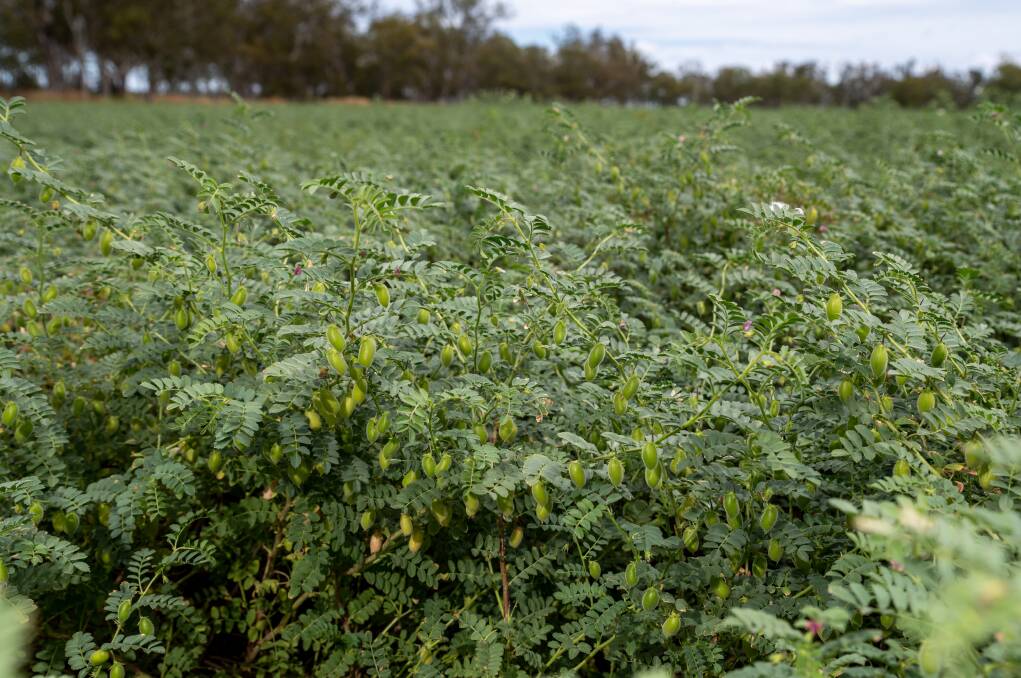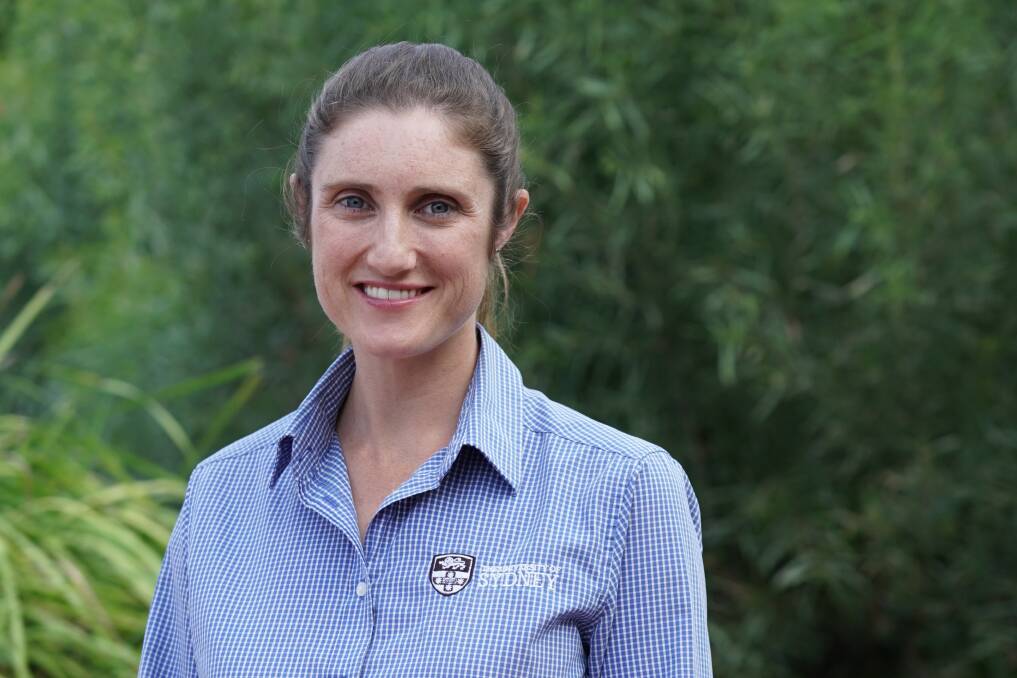
A 90-day summer chickpea crop could soon be a reality for Queensland, giving growers a pulse option to plant in February and harvest in June.
Subscribe now for unlimited access to all our agricultural news
across the nation
or signup to continue reading
Researchers involved in the summer chickpea project spent the summer assessing the performance of 20 chickpea lines across Emerald, Toowoomba, Gatton, Gunnedah and Narrabri.
Led by University of Sydney research scientist Dr Richard Trethowan and supported by Dr Angela Pattison, the trial results and yield potential of the system are showing real promise.
There is, however, still extensive agronomic testing that needs to be done before growers can implement the research.
"While the crops are showing a lot of promise, we still need to do a lot of agronomic testing on the breeding lines, looking at things like disease resistance, sowing density, viable planting windows and the appropriate spray out regime," Dr Pattison said.
"This project is really left field and has some risks for growers in terms of the summer crop creating an opportunity for a green bridge, but I think we can overcome this if it's done right.
"A key element of the success of this will rely on collaborating with growers - trialling how this could work on farm and how to manage the short window so it works with their production."

With investment from the GRDC and the Australian Research Council, USYD obtained a diverse collection of chickpea lines from hot and dry regions around the world through the Australian Grains Genebank.
A selection from this bigger group were crossed with Australian cultivars and the offspring tested for how they perform when planted in late summer.
Dr Pattison said the trials were about looking at responding to Australia's changing climate and feedback from northern growers who want more options when it comes to summer pulses.
"The changing climate is inevitable, so it's important the industry is looking at how to respond to that and give growers options to maintain their productivity in the warmer months," she said.
"I'd heard a lot of feedback from growers that they wanted another summer pulse option besides mungbeans, which can be variable and difficult in the northern region.
"When looking at countries around the world who have successfully grown chickpeas outside of the cooler months of the year, we wanted to look at whether we could make that work for the northern region."
GRDC genetic technology senior manager Juan Juttner said it was essential GRDC continued to invest in these projects as they aimed to improve the diversity of cropping options and sowing windows for growers.
Read more

